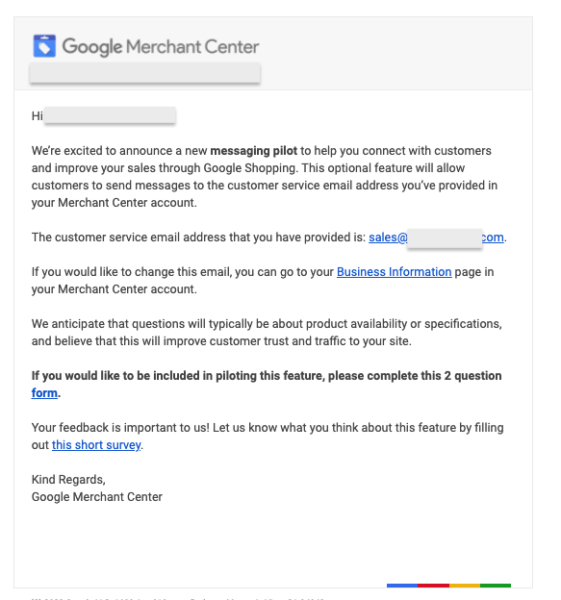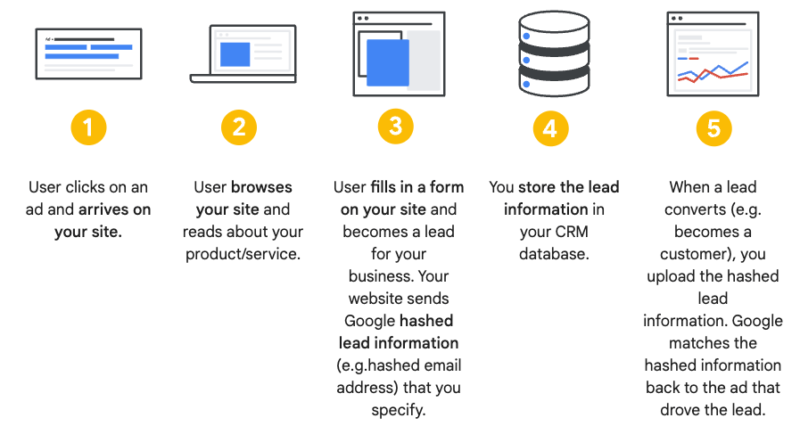
Lookback: Google launched the Panda algorithm update 11 years ago
It was 11 years ago today that Google announced an algorithm update that had a massive and far-reaching impact on SEO for years to come.
Here’s a complete history of the Google Panda algorithm update.

What was the Google Panda update?
Google Panda was a major algorithm update that impacted search rankings for 11.8% of queries in the U.S. Google said Panda was designed to reduce the rankings for low-quality sites (“sites which are low-value add for users, copy content from other websites or sites that are just not very useful”) and reward better rankings to high-quality sites (“sites with original content and information such as research, in-depth reports, thoughtful analysis and so on”).
The algorithm officially started rolling out on Feb. 23, but it wasn’t until Feb. 24 that we learned about it.
Panda didn’t only impact content farms. Websites of all sizes, across industries, felt the wrath of Panda. There were multiple reports of companies going out of business because they had relied on Google traffic for years. Once that traffic was gone, so was their business.
After its initial launch, Google announced several refreshes and updates to Panda on a near-monthly basis for the next two years (9 in 2011 and 14 in 2012). You will find a complete timeline and our coverage of those updates at the bottom of this guide.
Why was Google Panda launched?
In 2011, Google was trying to find a solution for its content farm problem. In case you’re not familiar with the term, a “content farm” was a website that paid freelance writers (typically poorly) to pump out as much content as fast as possible. The sole goal for these companies was to rank extremely well in Google’s search results for high-traffic keywords. Article quality was typically low.
Read more: Lookback: Google launched the Panda algorithm update 11 years ago
Shoppers may soon be able to message merchants via Google Shopping
Google is testing a new messaging feature that would allow customers to send messages to the customer service email address provided in their Google Merchant Center account. Google has invited select merchants to participate in this pilot via email.

We’ve reached out to Google and will update this article as more details become available. Tip of the hat to Kirk Williams for bringing this to our attention.
Why we care. Providing potential customers with a way to contact retailers via Google Shopping may increase the value of the platform for both merchants and customers. Winning over more shoppers and retailers will also help strengthen Google as a shopping destination, helping it compete with the likes of Amazon, eBay and other marketplaces.
The company has not announced when (or whether) this feature will become widely available.
What Google said in the email. “We’re excited to announce a new messaging pilot to help you connect with customers and improve your sales through Google Shopping,” Google wrote in the email. “This optional feature will allow customers to send messages to the customer service email address you’ve provided in your Merchant Center account.”
Read more: Shoppers may soon be able to message merchants via Google Shopping
Buy on Google gets rid of order caps and automatic suspensions
Google has updated its Buy on Google Retailer Standards policies. The changes include removing: order caps, automatic suspension via the Retailer Standards program and the “Defects” tab within the Merchant Center dashboard.

Tip of the hat to Lawrence Chasse for bringing this to our attention.
Order caps were previously imposed on merchants that were performing poorly (according to Google’s Retailer Standards score); the same was true for automatic suspensions. Order capping could also slow down sales for new merchants until they complete onboarding by requesting a review of their store.
Now that these two penalties are gone, merchants have fewer potential bottlenecks when it comes to selling via Buy on Google.
However, these policies were designed to protect customers (as well as Google’s reputation as a shopping platform) from disreputable merchants. Google has yet to reveal what new safeguards it’ll put in place (if any) to ensure a consistent, positive Buy on Google experience.
Read more: Buy on Google gets rid of order caps and automatic suspensions
Google makes offline conversion tracking easier with Enhanced Conversions for Leads
Google Ads has rolled out Enhanced Conversions for Leads. Spotted as a beta test earlier this month, this option offers an alternative to the existing Google Click ID-based offline conversion tracking method.

Since this can be configured from your Google Ads account (instead of your CRM), it may be easier to adopt, enabling more advertisers to track their offline conversions. Using that data, Google’s systems may be able to make better auction decisions, which could mean more efficient campaigns and better conversions.
For those using the existing Google Click ID-based upload method, this option is still supported.
How it works. When a potential customer fills out a lead form on your site, you’ll likely receive first-party data including their email address, name, home address, and/or phone number. That data can be captured in your conversion tracking tags, hashed, and then sent to Google.
When a lead converts, you upload your hashed lead information and Google matches that information to the ad that drove the lead, providing the platform with a more complete picture of the customer’s full journey.
The issue with the existing offline conversion tracking method. Offline conversion tracking can help Google get a better idea of the value of different leads, which can help it prioritize more valuable leads via the Maximize Conversion Value bid strategy, for example. Despite this potential advantage, offline conversion tracking has not been widely adopted due to the difficulty of implementing it.
“Advertisers are used to being able to control most elements of their campaigns through self-service tools,” Frederick Vallaeys, co-founder and CEO at Optmyzr said, adding, “But those same marketers usually don’t control the CRM systems where this valuable offline conversion data lives inside their organization. This dependency on other teams and sometimes even engineering significantly reduces the adoption of OCI [offline conversion tracking].”
Read more: Google makes offline conversion tracking easier with Enhanced Conversions for Leads
More news:
Google’s Pirate Update can cause an 89% drop in search traffic for the offending site
Google confirms Standard Shopping campaigns will remain available
Google Search Console performance reports data issues may impact analytics